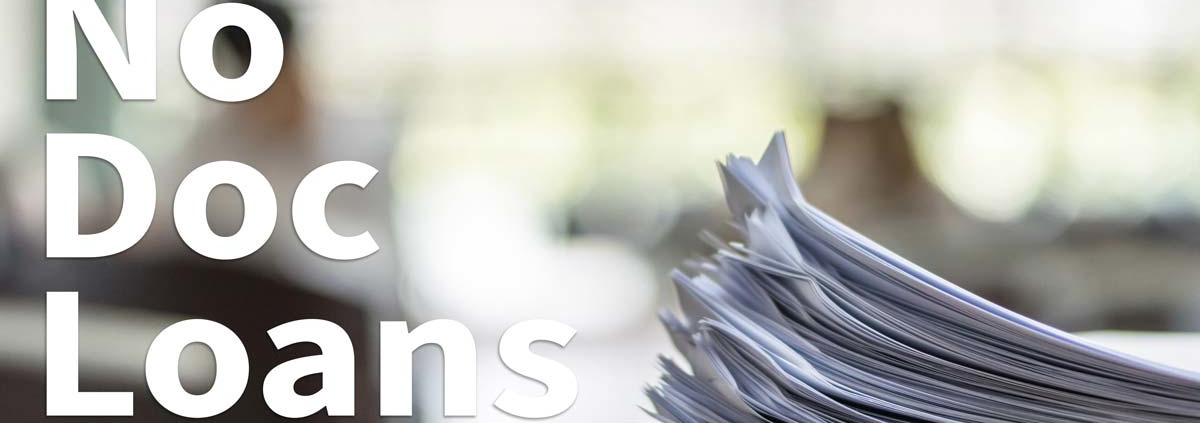What Are Low Doc Loan and Non-Conforming Loan?
Non-conforming and Low Doc Loan, one sounds strange and the other is scary. But at their core, these are two particular kinds of home loans designed for borrowers with specific limitations or concerns that may prevent them from getting a mortgage loan.
These two kinds of mortgage loans are very related to each other, but with the purpose of deciding which one garbs your circumstances, it is necessary to know what and who each one was designed for.
Non-Conforming Loan
This type of home loan was made for the home buyer who does not fit the conventional profile of a regular borrower. A standard home loan applicant should be employed by something or someone, have no credit defects, have at least a 20% deposit to make, and preferably be a citizen residing in Australia as well as under the age of 55.
Here is a complete list of most of the classes that a non-conforming borrower falls into
- Self-Employed: Self-employed individual or a contractor who is not directly employed by a company. They need an income statement from a bookkeeper to secure a loan of up to 65% of the value.
- Variable Income: People who change jobs or have uneven work history in the previous 2 years.
- Low Down Payment: You don’t have a 20% deposit to pay off the mortgage.
- Impaired Credit: People with credit history problems or bankruptcy.
- Security Impairment: Whether the loan is not for a standard or typical residential property.
- Older Borrowers: People close to or already retired.
In general, a non-conforming home loan is tailored to the certain requirements or specific circumstances of a homebuyer who would not succeed with a conventional home loan. Numerous lenders won’t approve a mortgage for these groups because they are measured as high-risk and could simply default on their payments. Due to this, specialized lenders have spread that cater to the requirements of these categories.
Low Doc Loan
The Low Doc Loan is fairly new to Australia and is generally designed only for independent home buyers or contractors who can’t show up-to-date tax and financial documents. This group is growing in number every day in today’s indefinite job market.
This type of loan will assist home loan applicants with a lack of financial records or irregular income if they have enough amount of equity in the other property in other forms. They could be bonds and stocks, company ownership, or large bank accounts.
Usually, the interest rate on a Low Doc Loan is between half a percent and one percent higher than typical loan rates, because of the supposed higher risk of unguaranteed earnings. But, with a stable loan repayment history over a period of time, lenders typically cut the interest rate.
Here are several tips when considering a Low Doc Loan:
- Ensure there are no account charges per month attached to the note.
- Try to make weekly or biweekly payments in a determination to pay off the mortgage earlier.
- Keep paying the same amount anyway when your interest rate goes down.
- Shop around at multiple lenders to detect the best interest rates as well as loan-to-value ratio you can.
What Type Of Home Loan Is Right For You?
Which of these mortgage loans you would choose depends on you, your current situation, and the reference of your Expert Broker. Clearly, if you are a small business owner or a self-employed individual with little cash liquidity and few or no financial statements, you need the Low Doc Loan. If your current situation is dissimilar or you fit into a dissimilar category of borrower, then the non-conforming loan is your best option to buy the house of your dreams.

